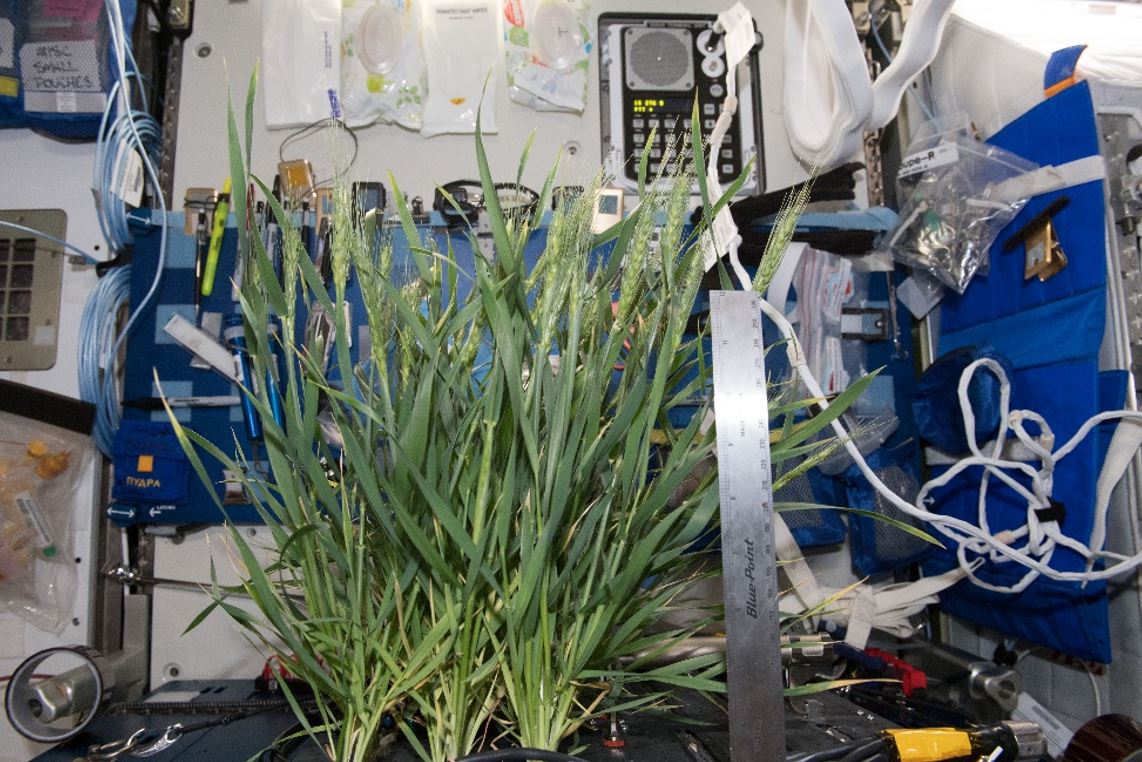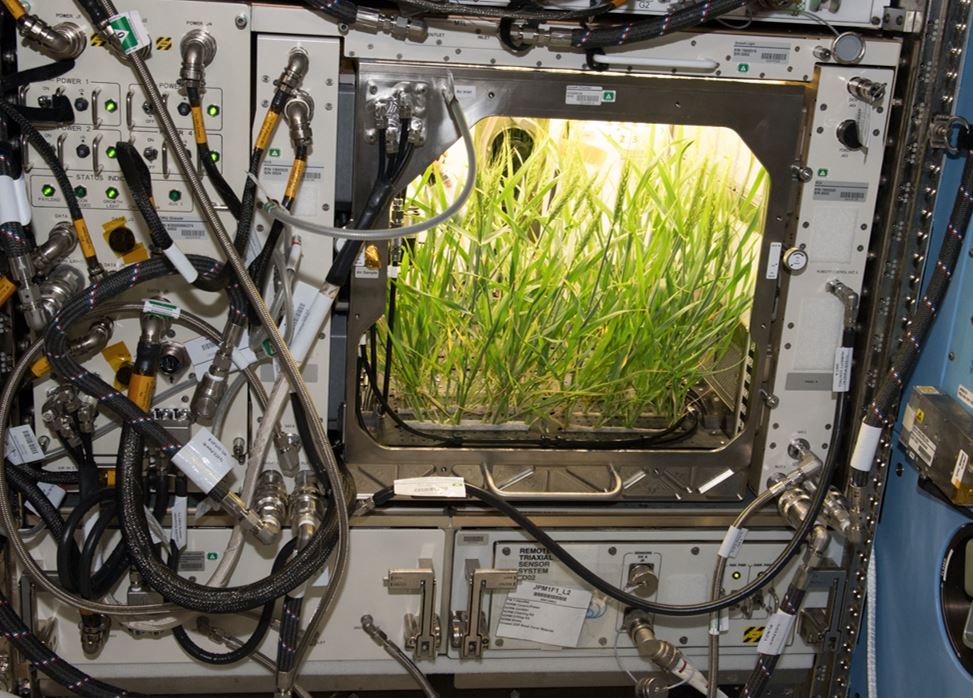Apogee in Space

Apogee Infrared Radiometers are being used in the International Space Station's Advanced Plant Habitat (APH) module to measure things such as the canopy temperature of dwarf Apogee wheat meant for use in space travel. The highly sophisticated APH experimental station is used to develop yield maximizing cultivation techniques for various crops when grown in space and on other planets.

Apogee wheat was developed in 1996 at Utah State University under the direction of Dr. Bruce Bugbee, the president of Apogee Instruments and current professor at USU. This specialized variety grows hydroponically in small spaces and triples the bushel yield of field crops.
Learn more about the Advanced Plant Habitat (APH) project by clicking here: https://www.nasa.gov/sites/default/files/atoms/files/advanced-plant-habitat.pdf, or here https://www.nasa.gov/feature/new-plant-habitat-will-increase-harvest-on-international-space-station.
Learn more about the release of Apogee Wheat in this article from 1996 by clicking here: https://www.deseretnews.com/article/485993/INTEREST-SPROUTS-IN-USUS-DEVELOPMENT-OF-SPACE-WHEAT.html



